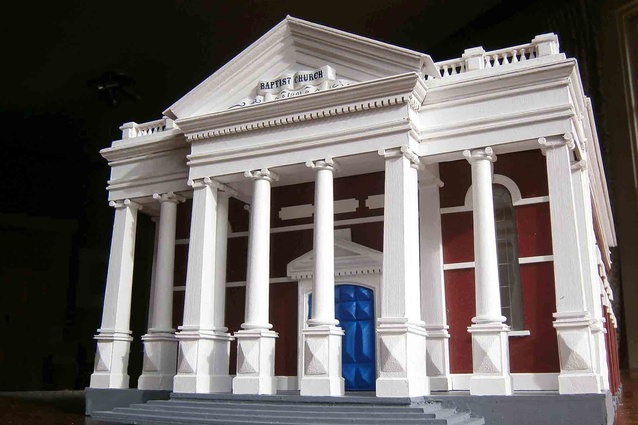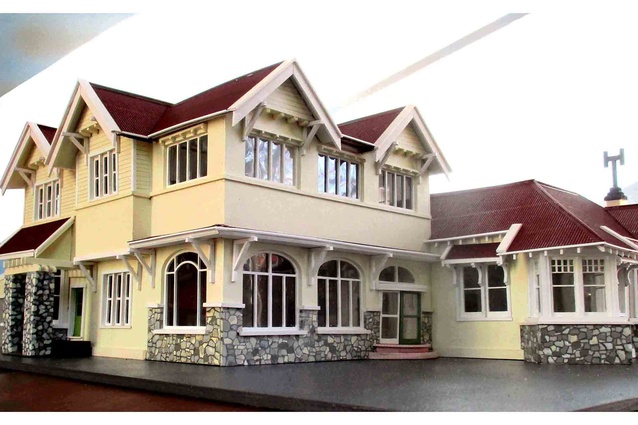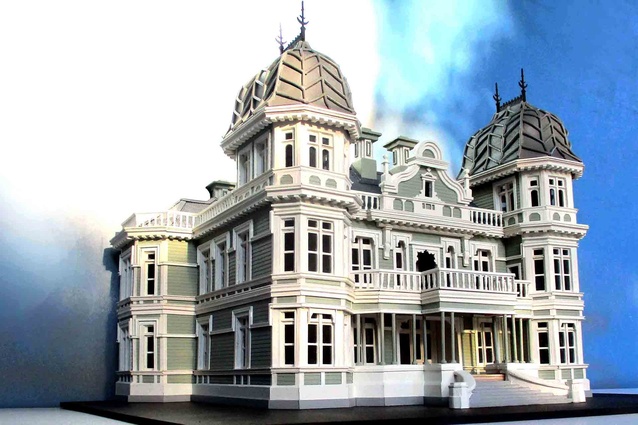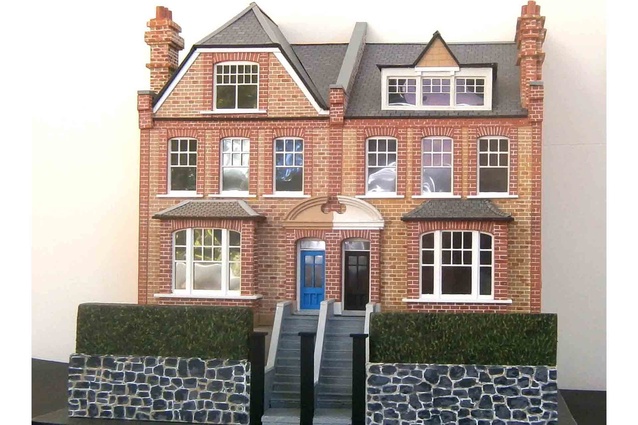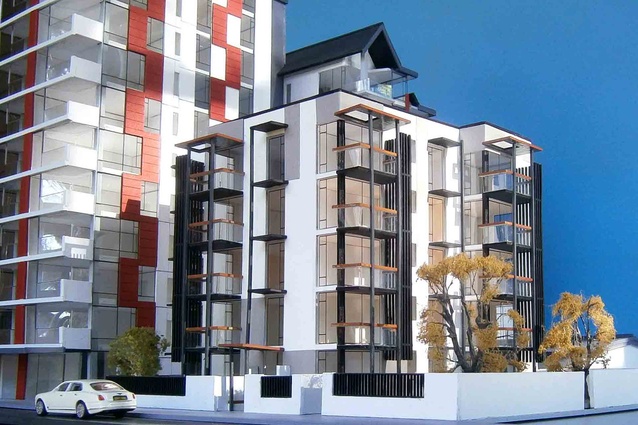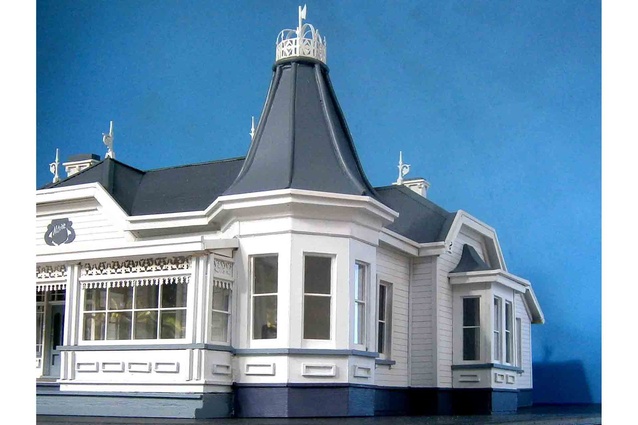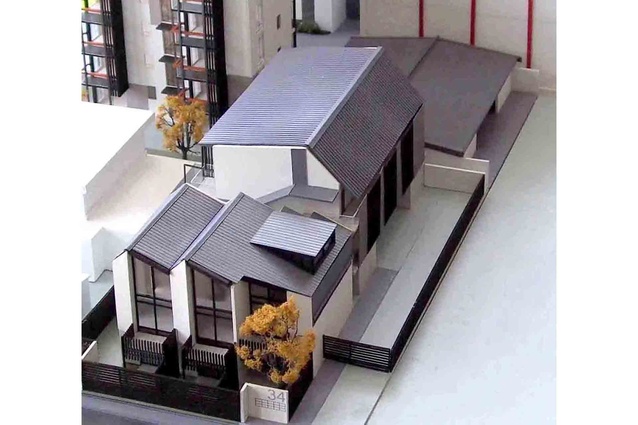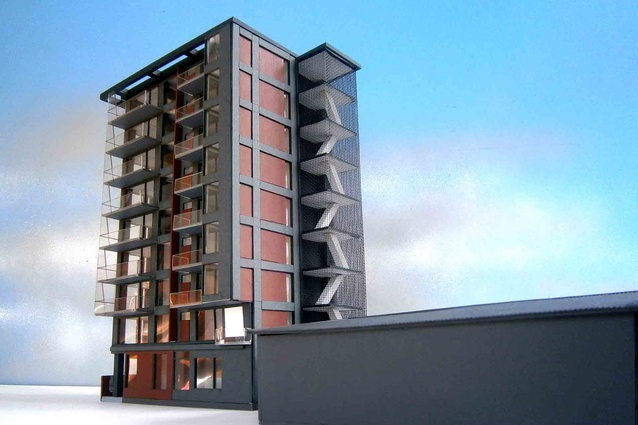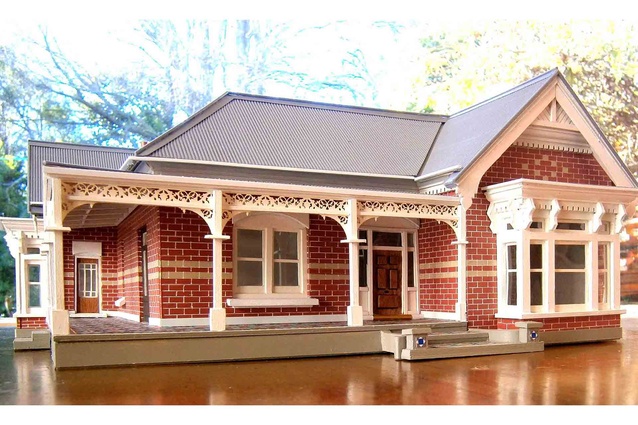Architecture in miniature
Richard Gardiner's model-making career began as an effort to preserve earthquake-damaged buildings in Christchurch. We caught up with him to find out more.
How did you get started making architectural models? Have you always had an interest in architecture and design?
Richard Gardiner (RG): My career was in art education as a teacher of art at secondary level. My teaching subject was primarily design, which is essentially a problem-solving process. For some time I also taught art history with a focus on architecture, so the content of both of these subjects helped to kindle an interest in things architectural. A number of my students have gone on to study architecture and are now established in the profession, and there is some architecture in the family too, so it has always been an area of importance to me.
After having made a model of our own house some years ago and then doing the same for colleagues, I set up Scaled Down with an online presence. The practice then grew as a result of the Christchurch earthquakes of 2011 after which people wanted models of buildings they had lost, as mementos. These were, for the most part, private houses, but there were also churches and other civic buildings.
What is the process of creating the model like? Do you use the plans as a starting point, and is there a different process if the plans aren’t available?
RG: My models fall conveniently into two categories: existing buildings or those that did exist and have been destroyed by the earthquakes or some other event; and new-builds for developers or architects.
If the houses still exist, I would take dozens of photographs and from these, make drawings to establish scale and layout, to solve the multitude of structural problems and to clarify details. Google maps helps greatly in providing information about the site, the roof geometry and any other questions I might have. For the most part, the models are made from card, balsa and plastic. The process always involves a considerable amount of handcrafting or painting. Laser cutting has replaced craft knives and it ensures complete accuracy and precision.
In the case of modelling of new-builds, plans and elevations provide the information. Since the city of Christchurch has undergone a major post-earthquake rebuilding process, a greater focus of my own work has been on the modelling of blocks of apartments, retail blocks and the like.
How has creating these models changed your relationship with the architecture around you? Much of your work is focused around making models of heritage buildings and earthquake-damaged buildings. What has creating these as a career taught you about preserving heritage buildings?
RG: The process of making these models – of which there are now more than one hundred – has made me more aware of local architecture and it has underlined our responsibility to retain heritage buildings if at all possible. Inevitably in a rebuild such as we are experiencing in Christchurch, the quality of the newly built environment is variable, but when speaking to groups about my own work, I always encourage them to be better informed about their city; to find out who designed buildings, what style they represent and to have informed opinions about them.
See more of Richard’s work at scaleddown.co.nz.


